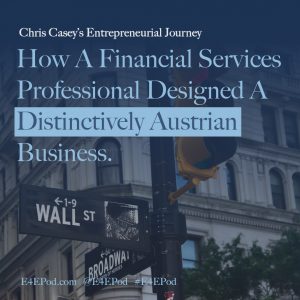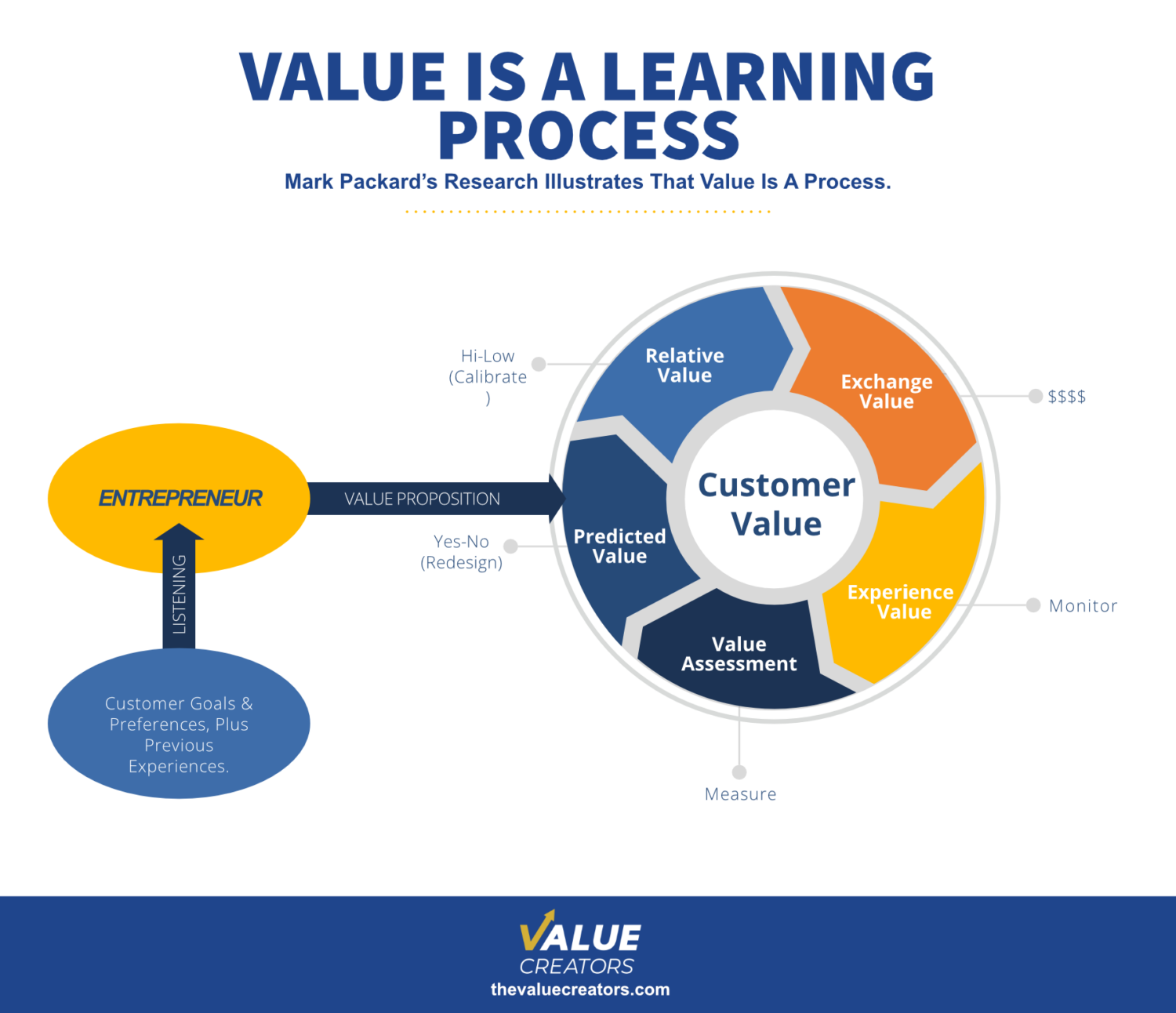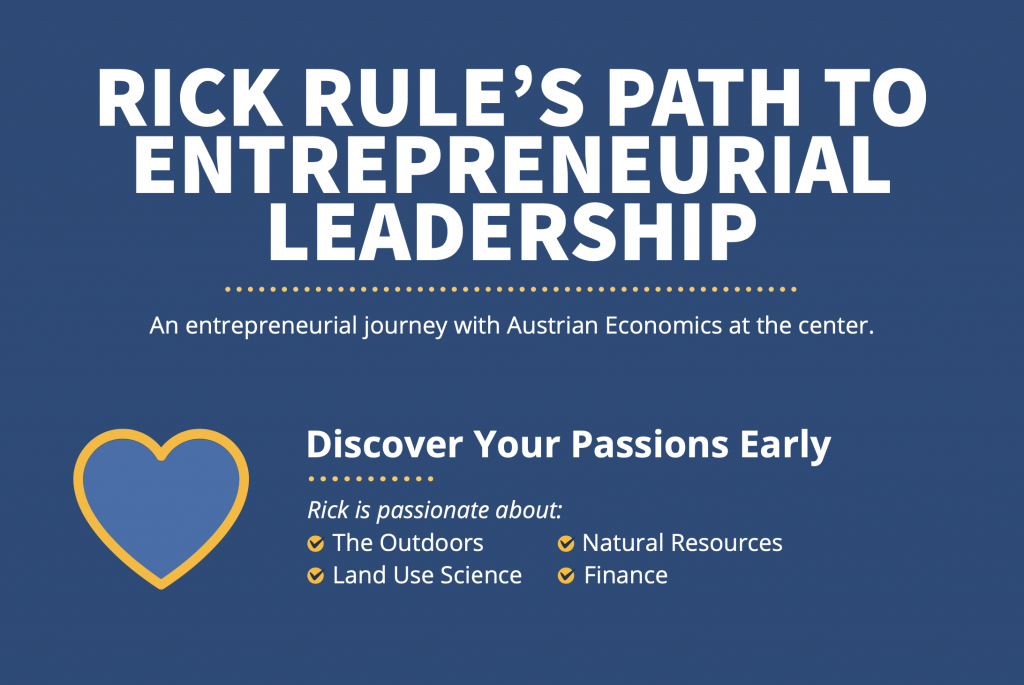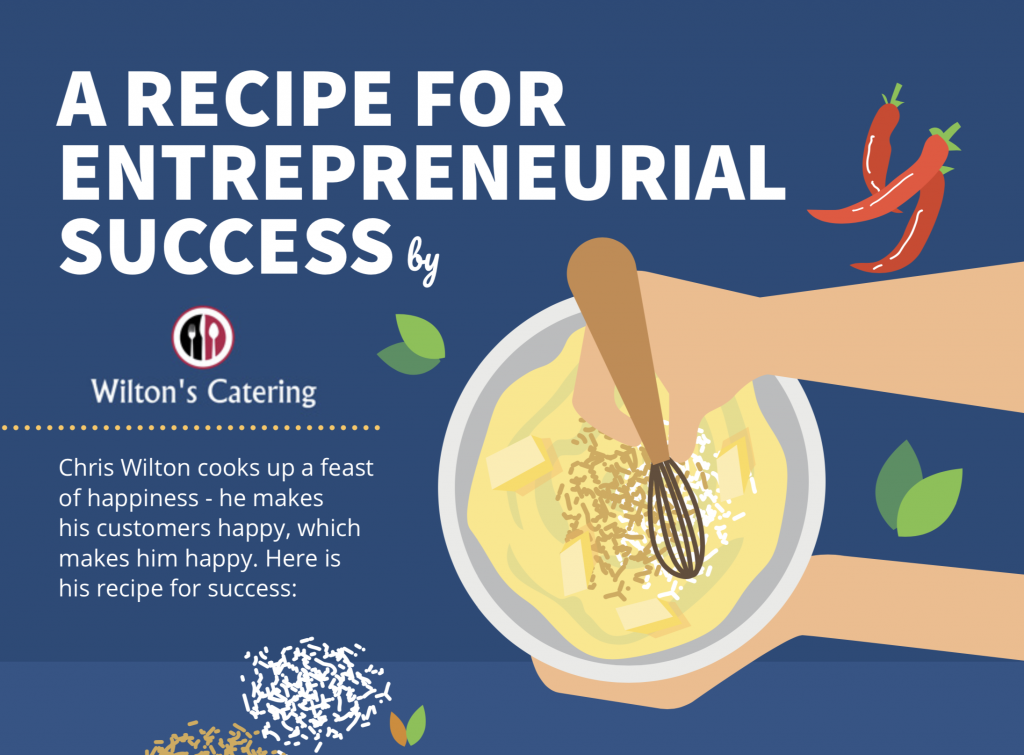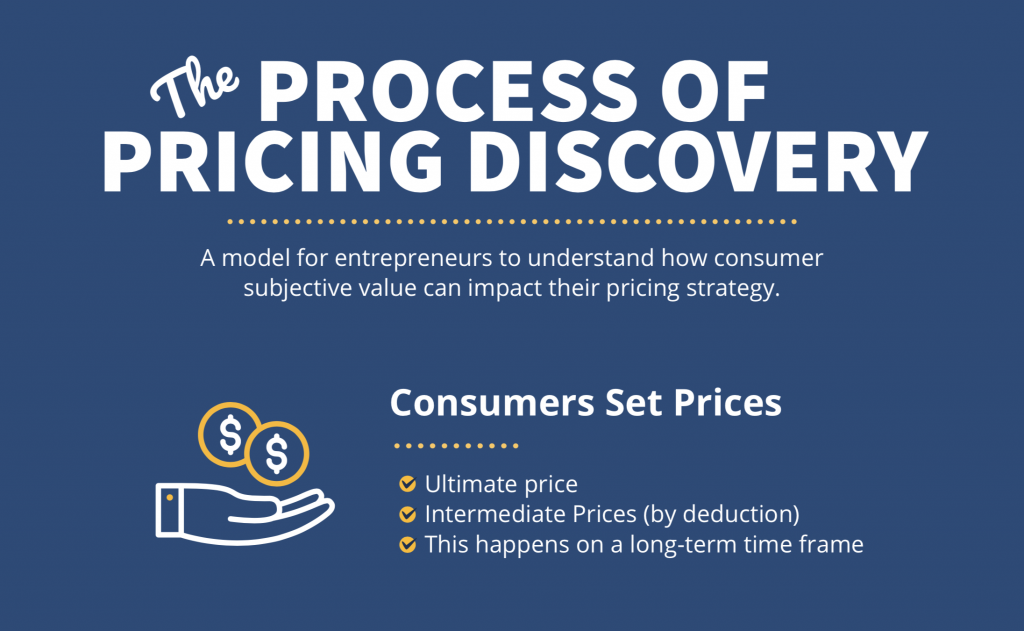48. Chris Casey’s Journey To A Distinctively Austrian Financial Services Business
Learn how directly Austrian Economics can be applied in entrepreneurial business design. A creative founder of a financial services firm demonstrates to customers how an understanding of business cycle theory and monetary theory can be applied to investment portfolio design.
Key Takeaways & Actionable Insights
Innovation often emerges from the combination of existing components in new ways.
In Chris’s case, the new combination was his knowledge of Austrian Economics – specifically Business Cycle Theory and Monetary Theory – and of Finance. He invested a great deal of time and effort in mastering both parts of this knowledge combination.
Chris Identified An Unmet Customer Need, A Dearth Of Available Solutions, And A Potential for Market Growth.
There were a few – probably a very few – customers for a financial services offering designed with recognition of the relevant principles of Austrian economics in mind. But the fact that there was at least some customer need provided evidence of potential. Then external stimuli such as the 2008 financial crisis and the Ron Paul Presidential Campaigns caused a growth in demand.
A value proposition naturally emerged.
For a narrow but highly receptive target audience, the value proposition that “Austrian Economics is vitally important to designing investment portfolios” proved to be very effective in generating a value anticipation.
Communication skill is a critical element.
A value proposition doesn’t sell itself. Chris utilized – and continuously polished – his communications skills to help customers fully appreciate the direct link to their desired value: a feeling of improved financial security because the uncertainties identified by Austrian Economics are accounted for in portfolio design.
Chris’s implementation was consistent with the value proposition, and capable of delivering.
In portfolio design, the product of Chris’s service firm, the inputs from business cycle theory and monetary theory are top-down elements. Chris added the bottom-up element of personalization of the design process to the individual customer. This is classical Austrian entrepreneurship: understand the customer’s needs, empathize with them, and customize the service so they feel individual satisfaction of idiosyncratic needs. In subjective value analysis, portfolio performance is not the sole criterion for the value experience. Customer feelings are far more significant.
Chris keeps an eye on the competitive frame of reference to maintain the uniqueness of his offering.
Chris’s competition is not other investment advisors. It’s the general demeanor of Wall Street sales-focused firms. “Stay fully invested” and “Don’t try to time the market” are typical sales communications of these firms that don’t truly have customers’ best interests in mind. He can always utilize this contrast as a value frame of reference.
Chris’s success exemplifies the clarity that results from candid entrepreneurial self-assessment and the embrace of the entrepreneurial process.
Self-assessment = In what field am I best resourced to enter and do business?
Entrepreneurial process = Identify opportunity by identifying customer dissatisfactions in that field.
Visit WindRock Wealth Management at https://windrockwealth.com
Free Downloads & Extras
Chris Casey’s Entrepreneurial Journey: Our Free E4E Knowledge Graphic
Understanding The Mind of The Customer: Our Free E-Book
Start Your Own Entrepreneurial Journey
Ready to put Austrian Economics knowledge from the podcast to work for your business? Start your own entrepreneurial journey.
